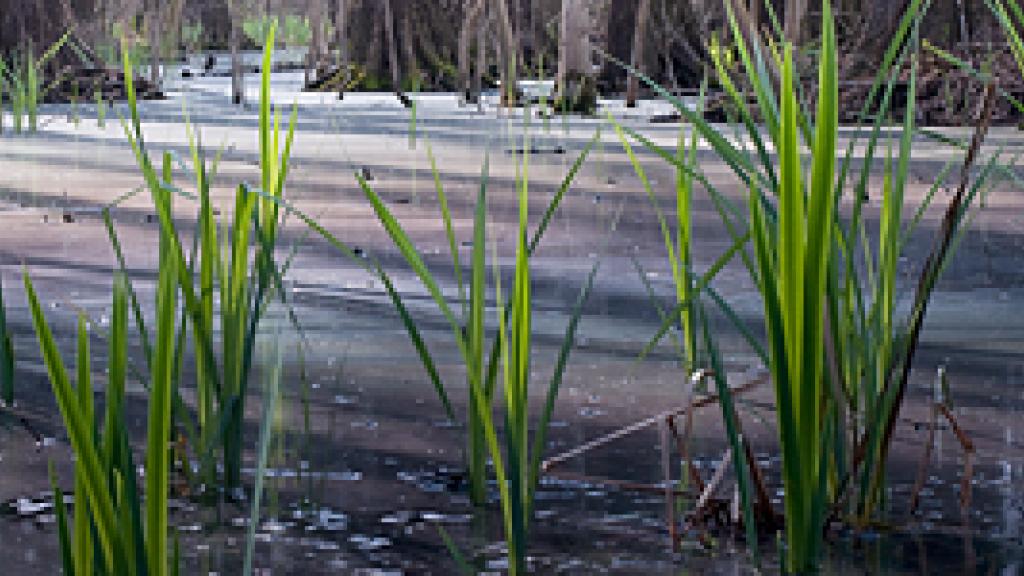Blueprint to safeguard Europe's waters
Brussels, 15 November 2012. The European Commission presented a "Blueprint to safeguard Europe's waters", a strategy for ensuring that enough good quality water is available to meet the needs of people, the economy and the environment.

"This Blueprint shows we have a good understanding of the problems we face and a solid platform to tackle them. The time has come to take action to deliver the full benefits of our legislation and create opportunities for innovative solutions in water policy and the water industry. What is needed is a sustainable balance between water demand and supply, taking into account the needs of both people and the natural ecosystems they depend on," said EU Environment Commissioner Janez Potočnik.
To achieve the Water Framework Directive objective of good water status by 2015, the Water Blueprint sets out a three-tier strategic approach:
-
Improving implementation of current EU water policy by making full use of the opportunities provided by the current laws. For example, increasing the take-up of natural water retention measures such as the restoration of wetlands and floodplains or improving implementation of the "polluter pays" principle through metering, water-pricing and better economic analysis.
-
Increasing the integration of water policy objectives into other relevant policy areas such as agriculture, fisheries, renewable energy, transport and the Cohesion and Structural Funds.
-
Filling the gaps of the current framework, particularly in relation to the tools needed to increase water efficiency. In this regard, the Water Blueprint envisages water accounts and water efficiency targets to be set by Member States and the development of EU standards for water re-use.
As the European Commission explained, the Blueprint does not put forward a "one size fit all" strait jacket but rather proposes a tool box that Member States can use to improve water management at national, regional and river basin levels.
The Water Blueprint highlights that preserving water is not only about environmental protection, health and well-being. It is also about economic growth and prosperity. It is a way of ensuring that the EU water industry develops fully its growth potential and that all the economic sectors that depend on availability of water of a certain quality can prosper thereby creating growth and job opportunities. The Blueprint is supported by the Innovation Partnership on Water launched in May 2012.
Next Steps
The implementation of the proposals outlined in the Blueprint will rely on the Common Implementation Strategy of the Water Framework Directive. This is an open and participatory process involving Member States, non-governmental organisations and businesses. The Water Blueprint time horizon is closely related to the EU's 2020 Strategy and, in particular, to the 2011 Resource Efficiency Roadmap, of which the Blueprint is the water milestone. However, the analysis underpinning the Blueprint covers a longer time span, up to 2050, and is expected to drive EU water policy over the long term.
Background
In 2000, the Water Framework Directive (WFD) established a legal basis to protect and restore clean water across Europe and to ensure its long-term, sustainable use. The general objective of the WFD is to get all water – for example, lakes, rivers, streams and groundwater aquifers – into a healthy state by 2015. But the achievement of EU water policy goals is threatened by a number of old and emerging challenges. The ICPDR coordinates the implementation of the WFD in the Danube River Basin, not only among EU countries, but through all ICPDR contracting parties.
The Blueprint to Safeguard Europe's Water Resources is the EU's policy response to the continuing challenge of delivering the EU's water policy goals. The Water Blueprint proposals are the result of a process that involved extensive public and stakeholder consultations
In preparing for the Blueprint, the River Basin Management Plans of EU Member States and the EU policy on water scarcity and droughts have been assessed. The assessment revealed some remaining gaps in the current water legislation, as well as significant weaknesses in its implementation. It also identified conflicts between water policy and other policy objectives that need to be addressed.





